Dave Hunter: Tone in a Box Part 1 – Tone Tweaking Via Cab Swapping
by Dave Hunter
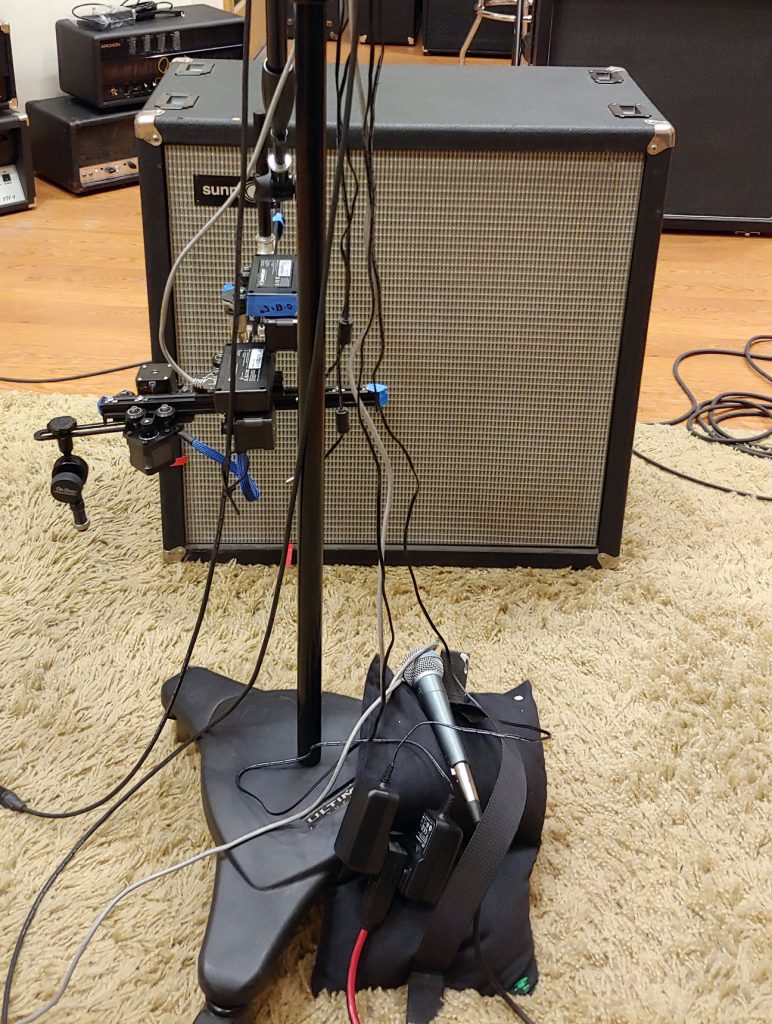
Whether you’re playing a tube amp live in the room or working with your Helix or other modeler on stage or in the studio—changing your speaker cab can provide one of the most dramatic tonal refreshes available to any rig. Tailoring cabs to suit your sonic needs can be a highly rewarding means of dialing in the most expressive, dynamic, and genre-appropriate sounds for your music, while working against type can sometimes provide surprisingly inspiring results.
Devoted tonehounds have long declared that the amplifier accounts for at least 50% of the sound of any guitar rig (many of us might put this proportion higher), and those who know amps will tell you that the speaker cabinet connected to that amp is responsible for a good half of that part of the equation. Obviously, the speakers themselves play a major role in the sound, feel, and overall response of your rig—and we’ll dive into that in Part 2—but the mere wooden box into which they’re mounted adds a stunning amount of character to the overall brew.
Line 6 has long recognized the colossal impact of the speaker cabinet upon amp tone, and Helix 3.50 “The Cab Update” fully acknowledges this with a varied and effective selection of classic and modern cabs capable of providing myriad sonic transformations. To get further under the skin of what different cabs provide, let’s explore the characteristics of the classic archetypes and work toward building an understanding of their basic personalities.
The Influence of Cabinet Type and Construction
In addition to any speaker having the potential to considerably revoice your amp, the box into which it is mounted also plays a big part in forming the soundstage that presents your tone to the public. Obviously, cabinet construction and dimensions can vary tremendously, but let’s dive into a few factors that present relatively consistent and quantifiable sonic results that you can apply to your own palette.
Open vs Closed Back
As simple as this change between cabinet types may be, the design choice whether to close off the back of the box entirely or to leave it partially open is one of the single greatest sound-influencing factors in speaker cabinet construction. Open-back cabinets accentuate the higher frequencies, and present a wider, more “surround-sound” dispersion. They tend to offer a broad, round, and fairly realistic frequency response, partly because the sound waves escaping from the back of the cab blend with the sound waves escaping from the front—but in reverse phase, being produced from the rear of a speaker cone pumping backwards, rather than the front of a cone pumping forwards—and as such help to tame any low-end boominess or woofiness the cab might produce otherwise. The overall result is generally heard as a well-balanced performance.
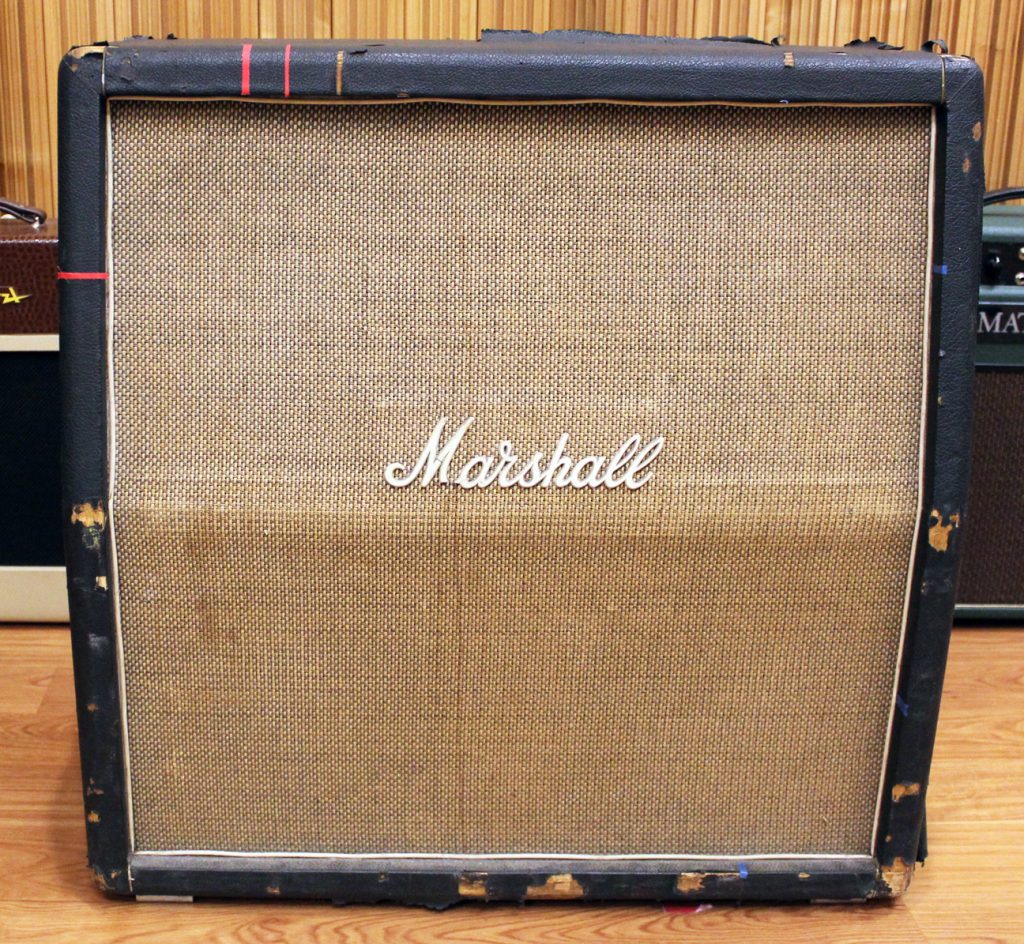
This blending of reverse-phase sound waves also lightens up an open-back cab’s low end a little, so these boxes don’t sound as full, chunky, and gut-thumping as closed-back cabs typically do. Classic open-back cabs in the Helix 3.50 Update include the 1×10 US Princess, 1×12 Grammatico, 1×12 US Deluxe, 1×12 Cali EXT, 2×12 Blue Bell, 2×12 Double, 2×12 Mail, 2×12 Jazz Rivet, and 4×10 Tweed cabs. All of the 4×12 cabs in the pack are closed-back, is the 2×12 Mandarin.
Along with fuller lows, closed-back cabs have slightly attenuated highs, and a more directional sound projection, beaming the sound waves out from the front, while sounding pretty subdued from the sides and considerably muffled from behind. This in itself can be desirable in some situations (if, for example, your drummer doesn’t want to hear too much direct sound from a cab placed in front of him or her on stage); conversely, in live performance, the open back can be a boon in situations where you want to be able to monitor the amp sound on stage from positions other than directly in front of the cab.
Cabinet Size
When we consider that speakers do their thing by pumping vibrations through air to create sound waves, it stands to reason that the size of the box they’re mounted in, and the amount of air space around them, plays a part in how they sound in any given rig. The most obvious factor of size, perhaps, is that smaller cabs generally project less bass, and larger cabs more. That said, any cabinet needs to provide enough internal airspace to give sound waves produced by the speaker(s) in it—depending upon their size—enough room to develop and, therefore, to present a realistic sonic picture.
Cabs that are too big can yield a bass response that is boomy and overwhelming, swamping the rest of the frequency range, so there’s no hard-and-fast “bigger is better” rule to apply here. Cabs that are too small, on the other hand, will often sound boxy and lightweight, with underdeveloped lows in particular. For most amp and cab designers, finding the sweet spot involves a lot of trial and error, and a hit-and-miss process of working toward a size that’s somewhere in between.
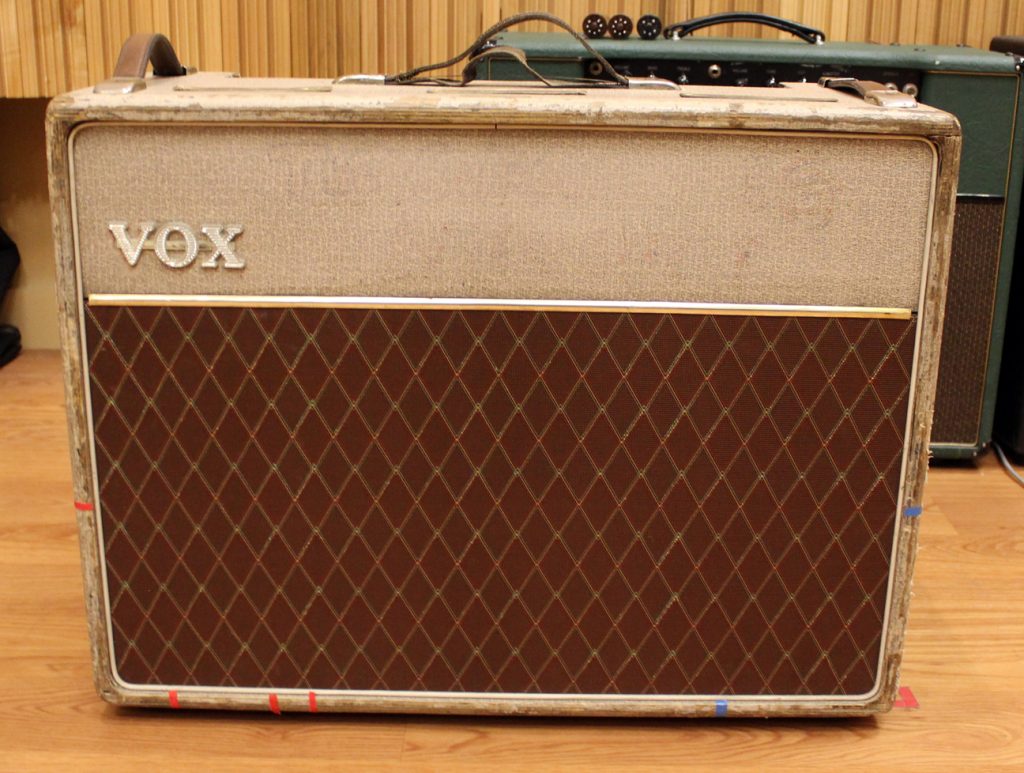
Wood Types
We can think of the response of the wood used to construct any speaker cabinet as roughly paralleling that of the wood used in a guitar’s construction: broadly speaking, plywood and chipboard offer less cabinet resonance than do solid woods, while pine and cedar (the most common solid woods used in guitar cab construction) add more of their own resonance. This resonance is usually described as contributing “warmth” or “texture” to the overall tone, but it also produces a slight blurring of notes. Where there’s resonance there’s also absorption of sound, so while a solid-pine cab might sound full and round, it also usually won’t project quite as much as a well-built cab made from quality plywood, nor will it sound quite as punchy and articulate.
The top choice for high-end plywood cabs is 11-ply Baltic birch, which offers a tight, muscular performance while still sounding fairly musical, though less resonance than solid wood. What resonance does occur in a non-solid-wood cab made of lesser, more affordable materials such as chipboard or MDF—and there’s always some resonance—will sometimes sound dead or atonal, although this might be the perfect solution for a more “hi-fi”-sounding cabinet, where you want to hear more of the speaker than the cabinet it’s mounted in. To that end, with some closed-back cabs makers will add soft insulating materials to dampen internal soundwaves and help eliminate standing waves that can emphasize unflattering portions of the frequency spectrum.
Cabinet Density and Rigidity
Akin to the variables of Wood Types, above, several overlapping factors contribute to the variables of density and rigidity, and many of these are sometimes one and the same. Among the key parameters here are:
• The type of wood used to build the cabinet walls
• The thickness of that wood
• General details of the build, such as the sturdiness (or lack thereof) of corner joints and any other internal bracing applied.
As a general rule, a denser and more rigid cabinet—achieved with thicker and less-resonant woods and/or a more heavily braced build—will enhance a higher fidelity performance, providing tighter bass response, crisper mids, and less “woodiness” overall. This type of construction leans toward the way that hi-fi and studio monitor speaker cabinets are designed and built, to the end of more accurately reproducing the signal fed into them and minimizing the box’s own contribution of sonic artifacts—what we might hear as the “character” or “personality” of any cab type (though a minimizing of cabinet resonance and enhanced character might itself be considered a “characteristic” of these cabs).

This more rigid and rugged cabinet design also typically involves thicker side walls and increased weight. This might be considered a characteristic of more modern 4×12 and 2×12 cabs in general, though manufacturers including Orange, Hiwatt, and Sunn were building such cabs back in the late ’60s and early ’70s, and the classic Marshall 4×12 isn’t far off the mark either, if not quite as dense on the whole. In the Helix 3.50 Update, you’ll find such construction represented in cabs like the 1×12 Cali EXT and 4×12 Cali, 4×12 Mandarin, 4×12 Moo))n, both 4×12 Uber cabs, and the 4×12 XXL—which is to say, there’s a lot of punchy rock power in this cab pack.
On the other hand, cabinets built with thinner walls, less-rigid woods, and more flexible corner joints—or all of the above—will tend to sing along with the speakers a little more, adding their own resonance and vibration to the overall tone. This can be a beautiful thing when it works right, adding what we hear as a lively woodiness in the speakers’ response and an appealing enhancement of certain frequencies. When a more loosely-built cabinet isn’t quite jibing with your tone, this added resonance and vibration can also be distracting, detracting from certain frequencies that need to stand out more clearly for your sound to really be cooking.
As an example of such a conflict, consider the tweed Fender Deluxe or Bassman cabinet, as represented in the Helix 3.50 Update’s 1×12 Grammatico LaGrange or 4×10 Tweed cabinets, respectively—built from light, aged, solid pine and relatively loosely constructed—when it’s pushed hard by the amp. For blues, garage rock, or other lo-fi rock ‘n’ roll stylings this might sound fantastic—but if you’re trying to crank out tight metal or crisp country chicken-pickin’, it’s likely to mush out and prove frustrating.
Naturally, cabs don’t lean entirely loose or rigid, either, and many classic types are pitched somewhere in between. By the ’60s, Fender’s combo and extension cabs were more rigidly built, though not as heavy duty as more modern-styled boxes. You can try examples of these in the 1×10 US Princess, 1×12 US Deluxe, and 2×12 Double. The Vox AC30 also sported a well-constructed cab, but one that isn’t overly ruggedized, enabling a good blend of tightness, clarity, and woody character as heard in the 2×12 Blue Bell, while classic Marshall-inspired 4x12s (think 4×12 Greenback and 4×12 Brit in the 3.50 Update’s selection) likewise blend vintage and modern characteristics. For many styles, these “in between” cab types offer a best-of-both-worlds sound that’s perfect for anything from classic rock, to roots, to more contemporary blues.
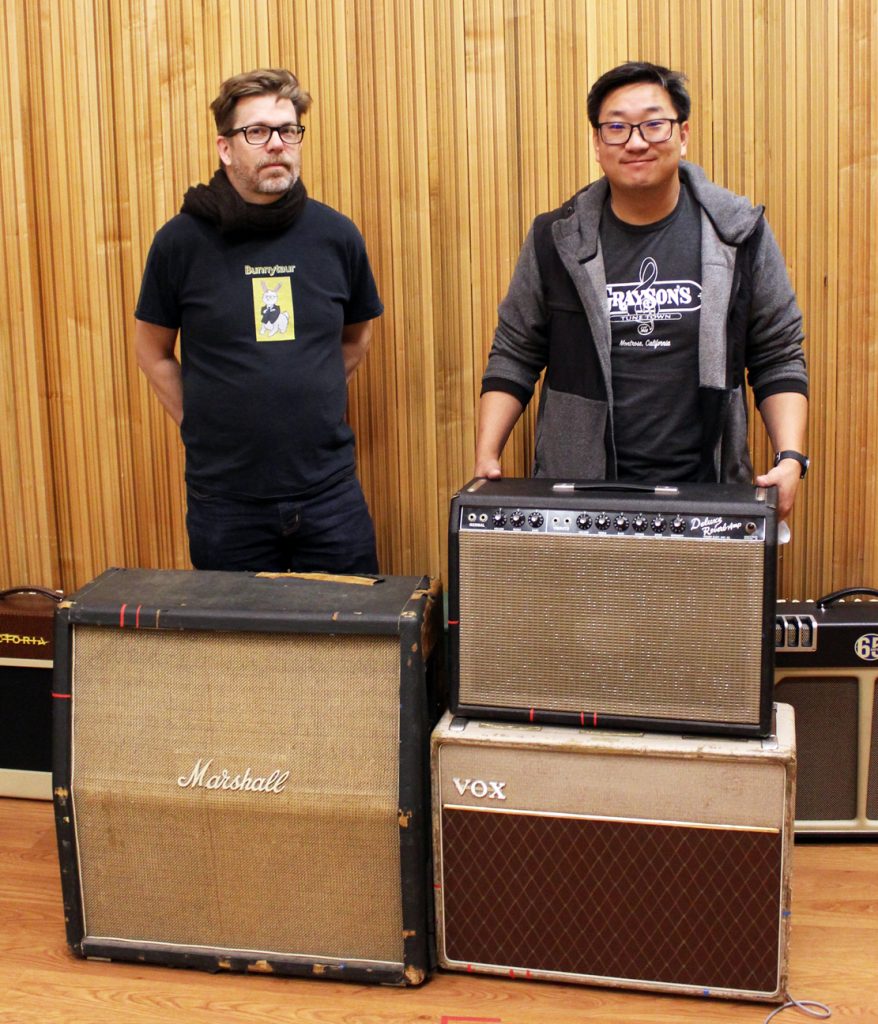
Baffle Construction
The board at the front of the cab to which the speaker(s) is affixed is called the “baffle.” As with every other factor so far, baffle type and construction can vary widely. A firmly affixed baffle made of relatively thick plywood (baffles are rarely made of solid wood)—say 3/4-inch 11-ply Baltic birch—makes for extended punch and projection. Akin to the characteristics of a plywood cab, it also gives you more of the speaker sound and less of the cab itself.
A thinner baffle, which might be dimensioned right down to 3/8-inch thick on some vintage amps, naturally vibrates more and therefore produces its own soundwaves that blend in with those of the speaker cone, not unlike the vibrating soundboard of an acoustic guitar. When such a baffle is also less firmly affixed to the front of the cab, such as with just one bolt or screw in each corner—as in the so-called “floating baffles” used in many tweed amps of the 1950s—they really get moving when the amp is cranked and roaring. Moving from the thicker, more rigid, and more firmly affixed baffle to the thinner and looser as described here in the tweed “floating” model takes us progressively closer to a cabinet which itself acts more as a resonant instrument in partnership with the guitar and amp—which might be highly desirable for some playing styles, but not at all desirable for others.
The highly resonant cab might add character and dimension to semi-clean and edge-of-breakup tones, while also being part of the vintage-overdrive tone, which is characteristically a little hairy and out of control in and of itself. But it might contribute a muddy, blurry quality to efforts at attaining a crisp attack and clear high-gain overdrive, at higher volume levels in particular.
Ultimately, there’s no good-better-best continuum regarding your own personal cabinet choices. By playing with the variables, though, and trying as many types as possible, you can develop a second sense for what is likely to work best for any given musical setting, and also obtain a major tone-tweaking tool in the bargain.
Marshall, Vox, Fender, and group photos: Barry Cleveland
Main image and Sunn photos: Sam Hwang

Dave Hunter is the author of The Guitar Amp Handbook, British Amp Invasion, The Gibson Les Paul, Fender 75 Years, and several other books, and is a regular contributor to Guitar Player, Vintage Guitar, and The Guitar Magazine (UK).
Related posts
Leave a Reply
You must be logged in to post a comment.


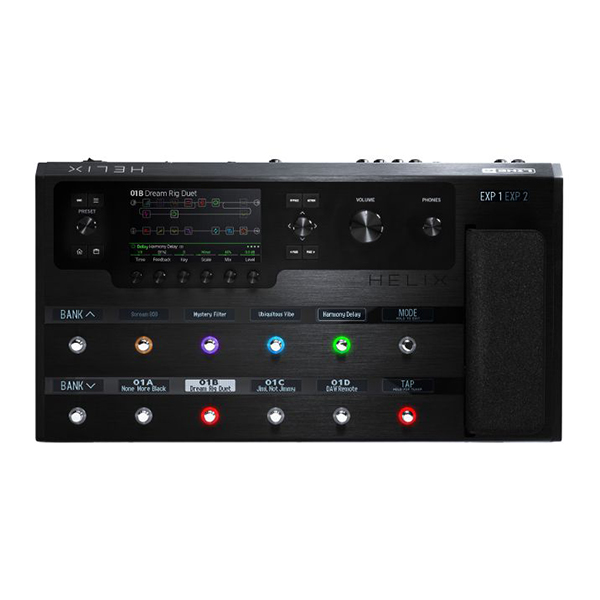
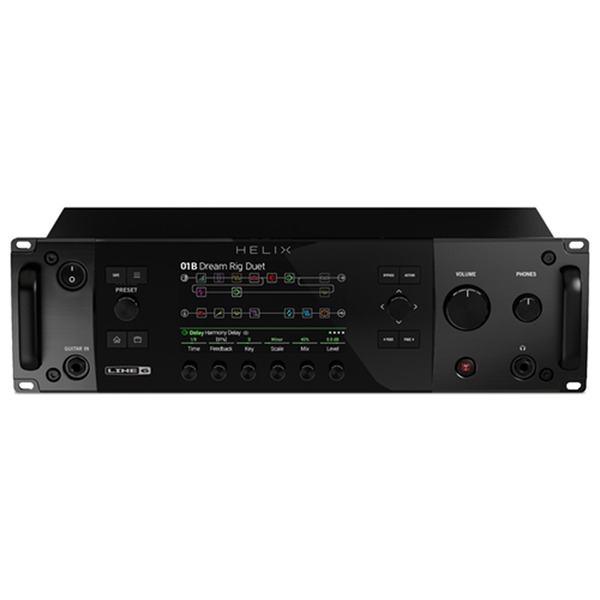


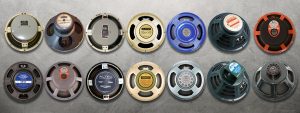

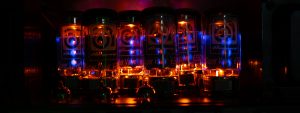
This is very interesting but I think underscores the fact that with Helix there are now too many ways to shape a tone. I doubt there are many players with the breadth of knowledge to understand which cabs sound good with which mics and distance and angle and sag and bias and etc etc. There are simply too many combinations.
I think in the next update Line 6 should have an option “Simple mode” where each amp/cab/mic parameter is labelled according to the characteristic of the tone it changes e.g. warmth, or brightness. Or for amps it could be softness or thump. It would be so much easier to dial in tones quickly.
I’m not sure how long these posts have been coming out for but I really enjoyed this one.
I bought my helix for bass modelling two years ago and have recently changed rolls in the band to guitar. I love the versatility found in the helix.
I would like to know if anyone at Line 6 is aware of and/or working on the connectivity issues many users are having when trying to run usb to HX Edit?
Thanks – really interesting article especially the comments on how the cabinet construction changes the tone. I need to find time to play around in V3.50
Hi,
What about the IRs, especially for electroclassical guitars (mine is the Angel Lopez EC3000) ?
1. do you recommend cabs with IRs?
2. which ones?
Thanks
Alain